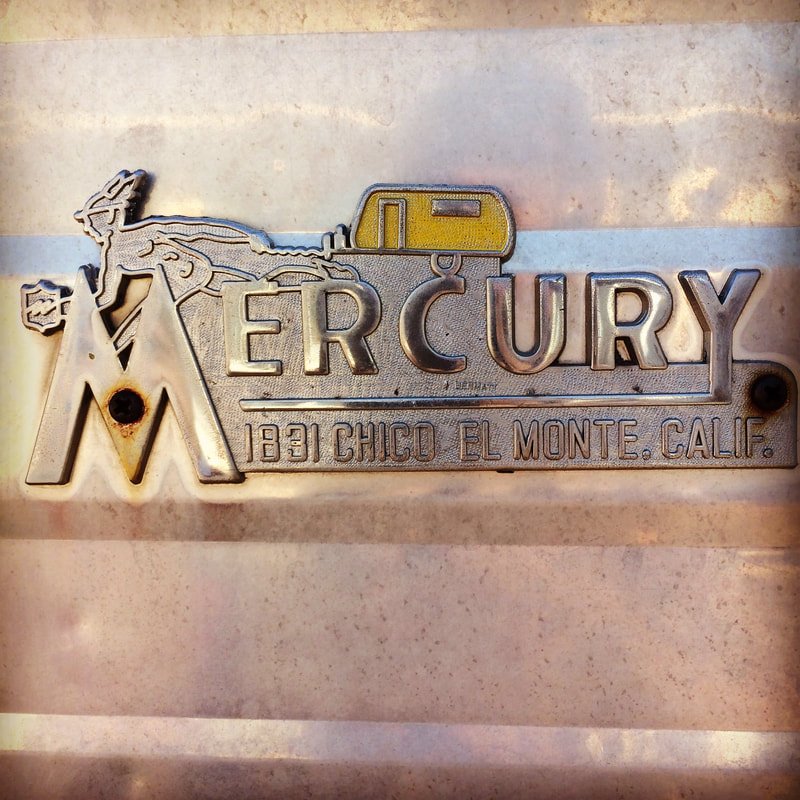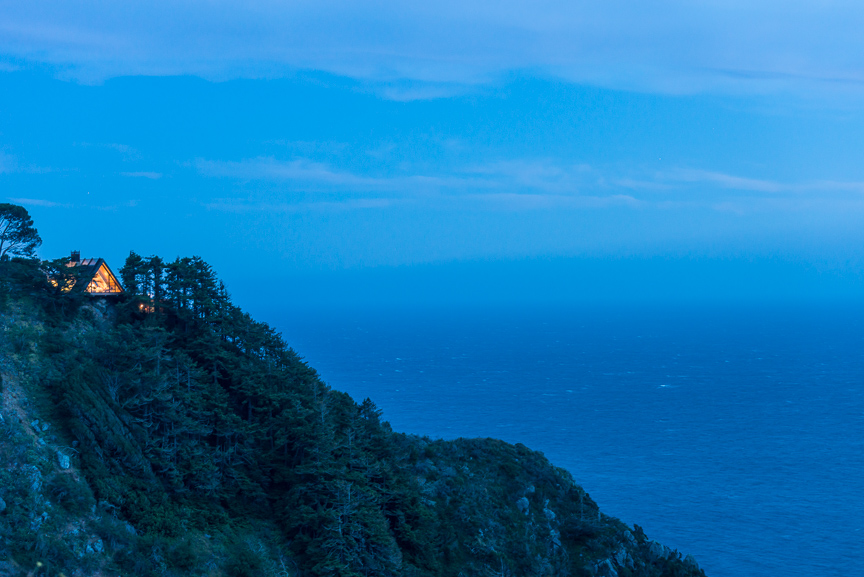If Mercury could speak…
He’d say, "My life was spent mainly as a rather large target for BB guns in eastern Colorado. Getting to my new home has given me a new lease on life. I've heard they've even made a movie about Freddy Mercury…"
I've been friends with Dan and Susie Rieple for a couple of decades and always admired Dan's craftsmanship in his extraordinary wood furniture creations. Eight years ago they rescued and renovated a vintage camper and named her Lucille. I guess it's addictive because they've since rehabilitated Al Jareau, then Freddy, then an Event Trailer ('Cheers m'Dears'), which is designed to serve drinks, espresso and food. It has an amazing wall of wood inside with a condiments shelf trimmed in barbed wire and a live-edge bar.
There's also a 1949 Spartan Royal Mansion used as an Air BnB in Colorado, and a 1946 Spartan Manor, which is now an off-the-grid Air BnB. Each one is detailed in museum-quality woodwork and fun fabrics. Each one has a story.
"Dan really loves to put new life back into things, so the campers are usually pretty crappy," says his wife, Susie. "We give them a second chance." Read on for more of the story.
Summer's coming. One day soon I'm doing a road trip in a Second Chance Camper!
The Story of Second Chance Campers
“The first camper we renovated happened in 2016 when we were in search of a pick-up truck,” says Susie. “We were on the government surplus website and saw a camper. It wasn’t too far away from us in La Junta, Colorado, so we bought it sight unseen for $300. This camper was a Mobile Scout made in Texas. She was built to be a mobile field office for the U.S. Department of Agriculture. We called her Lucille.
Shortly after Lucille, we received a phone call from a gentleman who’d heard we restored campers and wanted to get rid of one from a property he had just acquired. It was a 1970s Al Jo, longer than Lucille, and had a bathroom, shower and a fridge in that tasteful avocado green. AlJo was called Al Jareau, and looked pretty classy by the end of the do-over. We even added a jaunty orange streak to the outside.
After Al Jareau, we went on to a search-and-rescue mission. We drove out to eastern Colorado stopping at every farm or ranch house that had a trailer in the yard. We nearly gave up, but at the very end of the day we found two! One was a 1959 Mercury made in California and the other an unknown called a Rover, made in Florida.
The Mercury became Freddy, and was much more work than we first thought. The flooring was completely rotted and the framing left much to be desired. In the end we kept the outer aluminum skin because it was part of the story. Freddy had been sitting alone in a field since 1963 and had been used as a BB gun target, a hail shelter and home for multiple rodents, who lived mostly in the oven.
The Rover we redid from bottom up; it became Cheers m’Dears, an event trailer.
During the course of these renovations, we discovered a Spartan Royal Mansion for sale in Saratoga, Wyoming. Its ‘sister’ camper, a Spartan Manor, became available a year later. Both were still owned by the same original owner in Lander, Wyoming, and had been used as fishing camps for over seventy years. Incredibly, both trailers were 99% original and in very good condition, even though built in ‘49 and ‘46, after the end of World War II. We took out every panel, re-stained them and fixed any leakages.
Lucille and Freddy have gone to live at the May Insect Museum in Colorado. The Golden Eagle Campground has been there since the ‘50s and the owners wanted a sense of that era in the place. They are now Air BnB ‘unique stays’.”

















